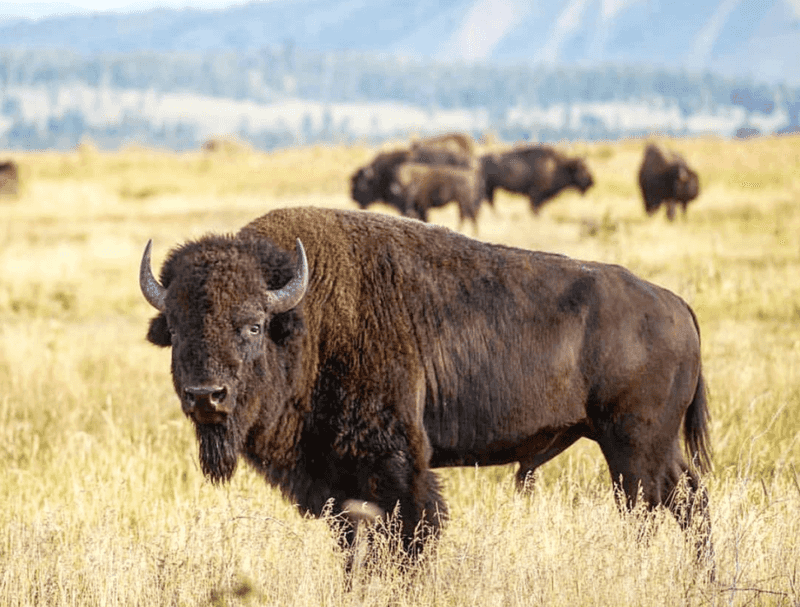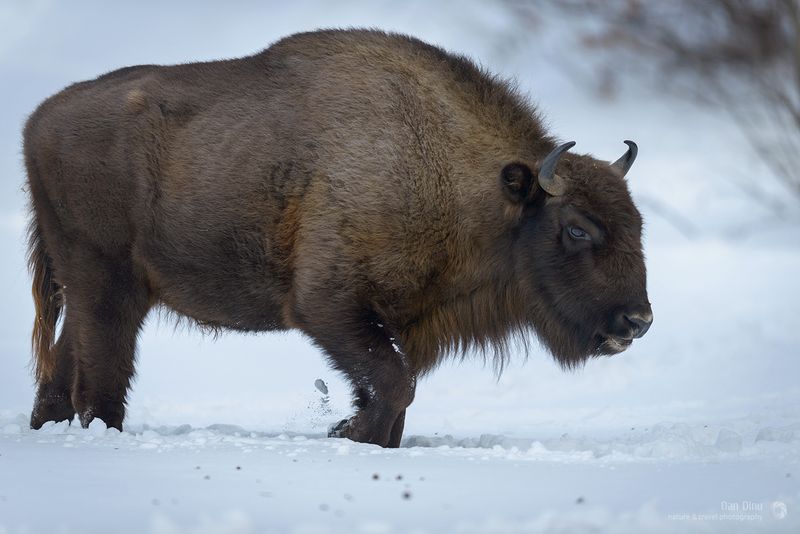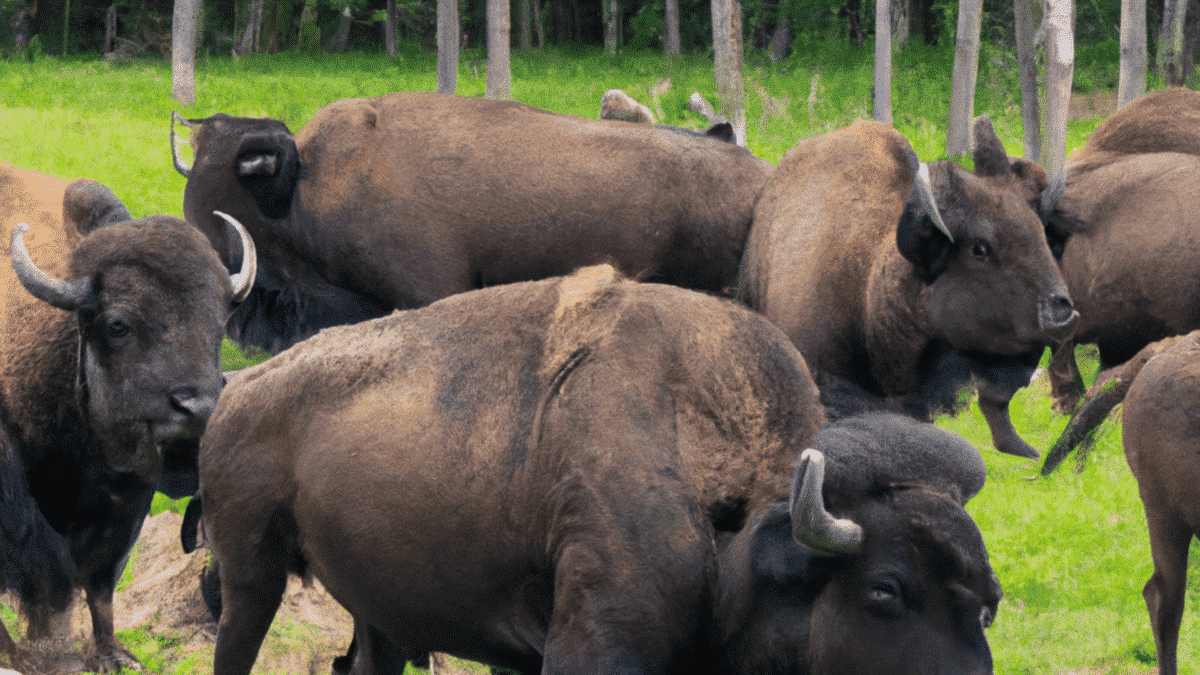
Native American Buffalo Calling: Traditional Ceremonies to Honor the Sacred Animal
The vast, undulating grasslands of North America once throbbed with the thunderous hooves of millions of buffalo, a living tapestry that stretched as far as the eye could see. For the Indigenous peoples of the Great Plains, this magnificent creature, known as Tatanka in Lakota, was more than just an animal; it was the very essence of life, a sacred relative, and the central pillar of their existence. From sustenance to spiritual guidance, the buffalo provided everything. When these herds dwindled, either due to seasonal migration or human-induced pressures, Native American communities turned to profound spiritual practices: the Buffalo Calling ceremonies. These ancient rites, steeped in reverence and reciprocity, were not mere requests but profound expressions of gratitude, acknowledgment of interdependence, and a sacred plea for the buffalo’s return, ensuring the survival and spiritual well-being of the people.
The relationship between Native Americans and the American Bison is arguably one of the most profound human-animal bonds in history. For millennia, tribes like the Lakota, Cheyenne, Crow, Blackfeet, Arapaho, and Comanche, among countless others, built their entire cultures around the buffalo. Every part of the animal was utilized: the meat for food, the hide for shelter and clothing, bones for tools, tendons for thread, and even the dung for fuel. "The buffalo was our supermarket, our hardware store, our church, our university," a contemporary elder might explain, encapsulating the animal’s multifaceted importance. This deep reliance fostered an equally deep respect, manifesting in a worldview where humans were not masters of nature but integral parts of a larger, interconnected web of life. The buffalo was a relative, a teacher, a gift from the Great Spirit, and its abundance was seen as a direct blessing.
However, by the late 19th century, this symbiotic relationship was brutally severed. The systematic slaughter of the buffalo, driven by westward expansion, market hunting, and a deliberate strategy to starve and subjugate Native American populations, pushed the species to the brink of extinction. From an estimated 30-60 million animals, their numbers plummeted to a mere few hundred. This ecological catastrophe was a cultural genocide for the Plains tribes, severing their primary food source and profoundly impacting their spiritual and social structures. It was against this backdrop of immense loss and existential threat that the Buffalo Calling ceremonies became even more critical – not just for the buffalo’s return, but for the resilience and survival of the people themselves.
The Buffalo Calling ceremony itself was a complex tapestry of prayer, song, dance, and ritual, varying in specific forms and names among different tribes but sharing common core elements. Its primary purpose was to spiritually entice the buffalo herds to return to traditional hunting grounds, ensuring the community’s sustenance. These ceremonies were often led by esteemed Medicine Men or Women, individuals with profound spiritual insight and a deep connection to the spirit world. They would interpret visions, guide the rituals, and mediate between the human and animal realms.
Preparations for a Buffalo Calling ceremony were meticulous and imbued with sacred intent. Participants would cleanse themselves physically and spiritually through sweat lodge ceremonies, fasting, and intense prayer. Special regalia, often adorned with buffalo teeth, fur, or painted with sacred symbols, would be worn. Drums, flutes, and rattles, often made from buffalo hide or horns, would provide the rhythmic heartbeat of the ceremony. Central to many rituals was the presence of a buffalo skull, revered as a powerful conduit to the buffalo’s spirit, often adorned with tobacco, sage, and other sacred offerings.

The ceremony itself could last for days, unfolding within a specially constructed lodge or an open-air sacred circle. It typically involved a series of highly symbolic dances, such as the Buffalo Dance, where dancers mimicked the movements of the buffalo, seeking to embody its spirit and attract the herds. Songs, passed down through generations, were sung, their lyrics often narrating the buffalo’s movements, its power, and its sacred role. These were not mere performances but potent spiritual acts, a concentrated effort of collective will and faith directed towards the Great Spirit and the buffalo spirits. Prayers, heartfelt and earnest, would be offered, expressing gratitude for past provisions and humbly requesting future abundance. Offerings, such as tobacco or bundles of sacred herbs, would be placed at cardinal directions or on the buffalo skull, signifying respect and reciprocity.
One of the fascinating aspects of these ceremonies was the belief in the spiritual communication between humans and animals. It was understood that the buffalo, like all living things, possessed a spirit, and that through proper reverence and ritual, this spirit could be persuaded. The "calling" wasn’t a demand but an invitation, a respectful gesture from one relation to another. The belief was that if the people lived right, honored the earth, and maintained their spiritual integrity, the buffalo would respond. This concept of "Mitakuye Oyasin" – Lakota for "All My Relations" – underpins the entire worldview, emphasizing the interconnectedness of all life and the mutual responsibility between humans and the natural world.
In the aftermath of the buffalo’s near extermination, these ceremonies faced immense challenges. The U.S. government’s policies often outlawed Native American spiritual practices, forcing ceremonies underground. Yet, the spirit of Buffalo Calling endured, often adapted or preserved in memory by elders, awaiting a time when it could openly flourish again. Today, with significant efforts towards buffalo restoration and the revitalization of Indigenous cultures, Buffalo Calling ceremonies are experiencing a resurgence. Tribal nations, through organizations like the InterTribal Buffalo Council (ITBC), are actively working to re-establish genetically pure buffalo herds on tribal lands. This modern conservation effort is deeply intertwined with cultural revival.
Contemporary Buffalo Calling ceremonies, whether public or private, serve multiple purposes. They are powerful affirmations of cultural identity and resilience, connecting present generations to their ancestors and ancient traditions. They educate younger tribal members about their heritage, the sacredness of the buffalo, and the importance of ecological stewardship. These ceremonies are also acts of healing – healing the land, healing the buffalo population, and healing the spiritual wounds inflicted by historical trauma. They represent a renewed commitment to living in balance with nature, guided by the timeless wisdom of their ancestors.
The return of the buffalo to tribal lands is not merely an ecological success; it is a profound spiritual homecoming. As these majestic animals once again roam Indigenous territories, the Buffalo Calling ceremonies continue to evolve, adapting to modern contexts while retaining their ancient essence. They stand as a powerful testament to the enduring spiritual connection between Native Americans and the natural world, a reminder that true wealth lies not in accumulation but in reciprocity, respect, and the recognition of all life as sacred. The story of Buffalo Calling is a narrative of loss and resilience, of a people who, through prayer and tradition, continue to honor the sacred animal that remains the heartbeat of their culture. It is a powerful message for all humanity: to listen to the land, respect its creatures, and remember that we are all, indeed, interconnected relations.
